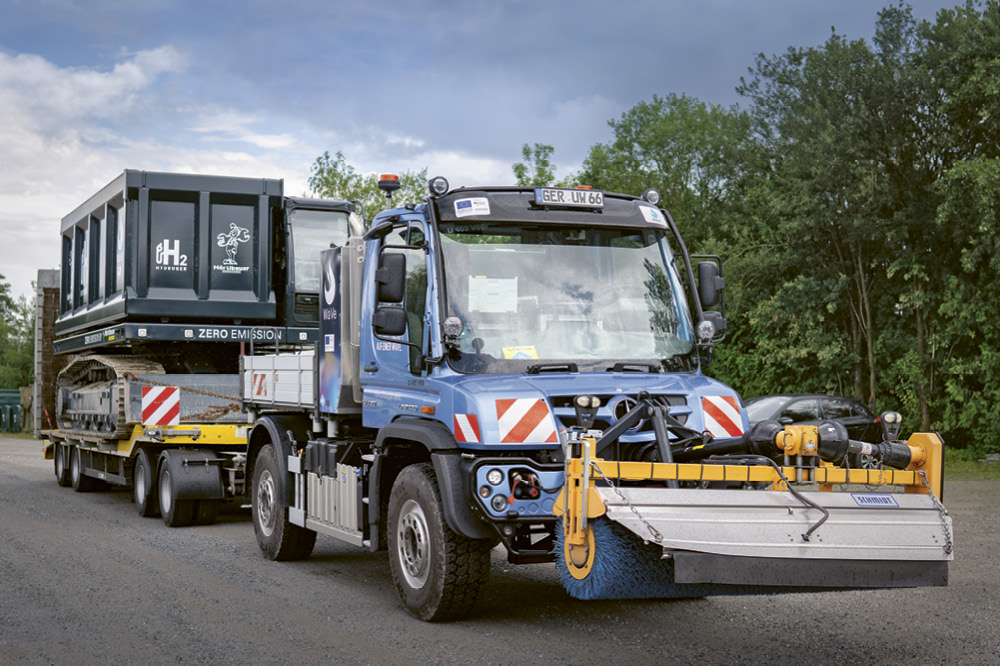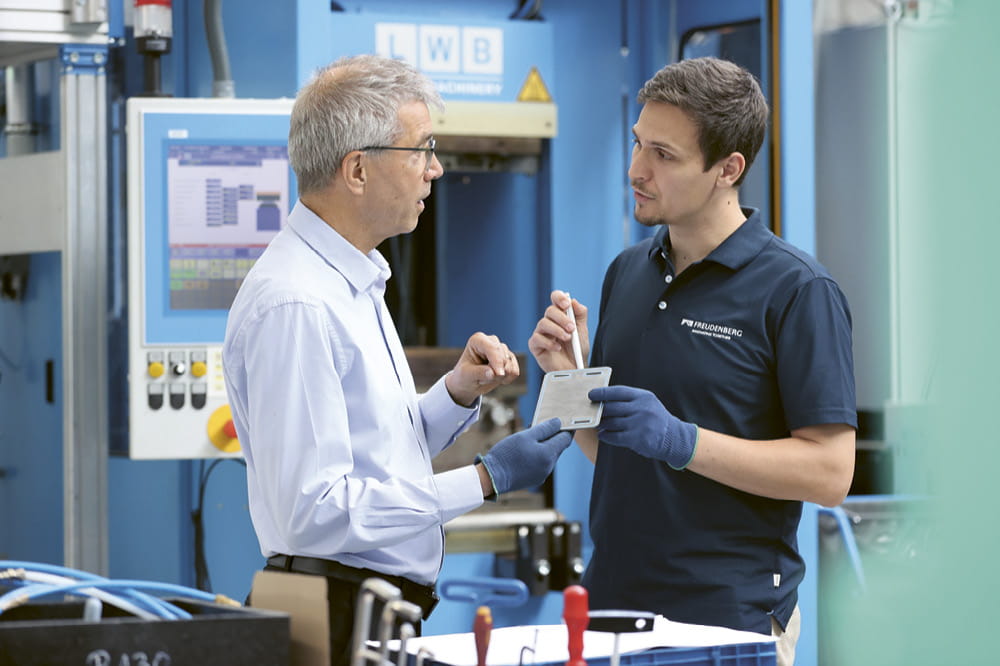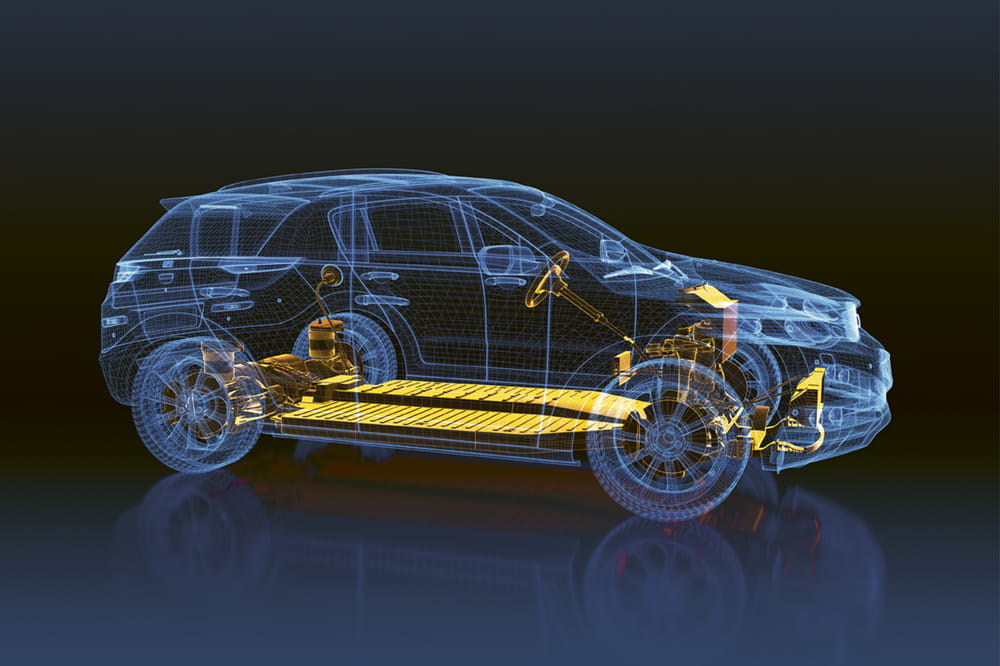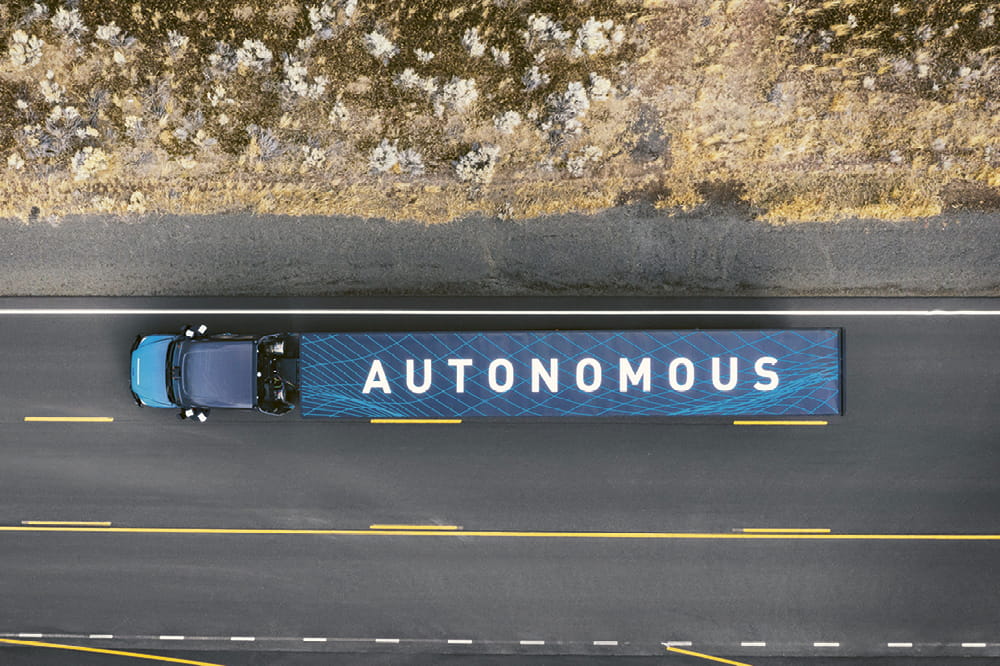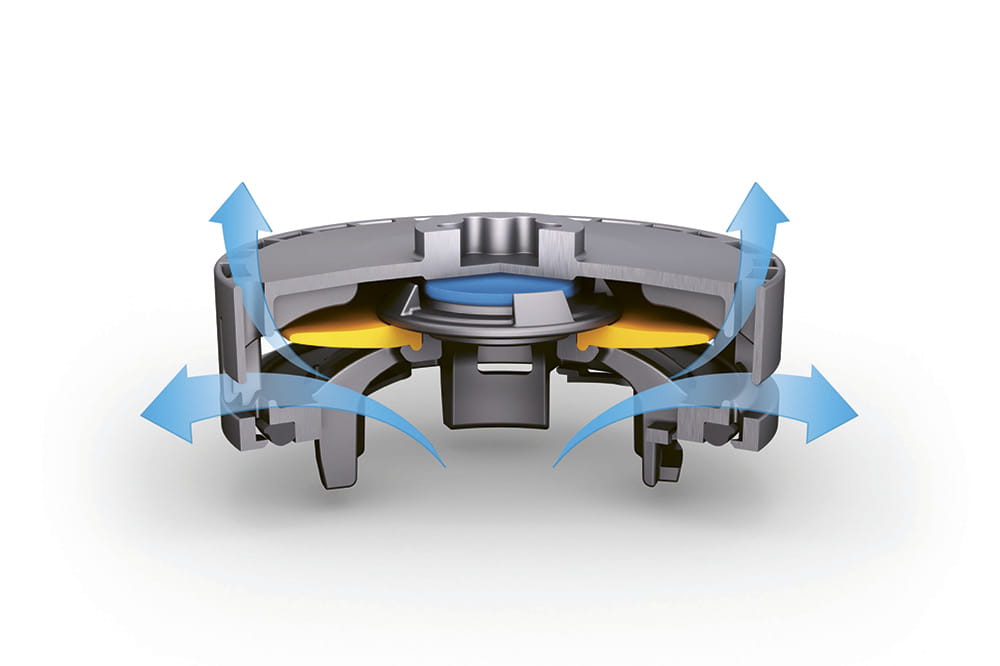Obtain news and background information about sealing technology, get in touch with innovative products – subscribe to the free e-mail newsletter.
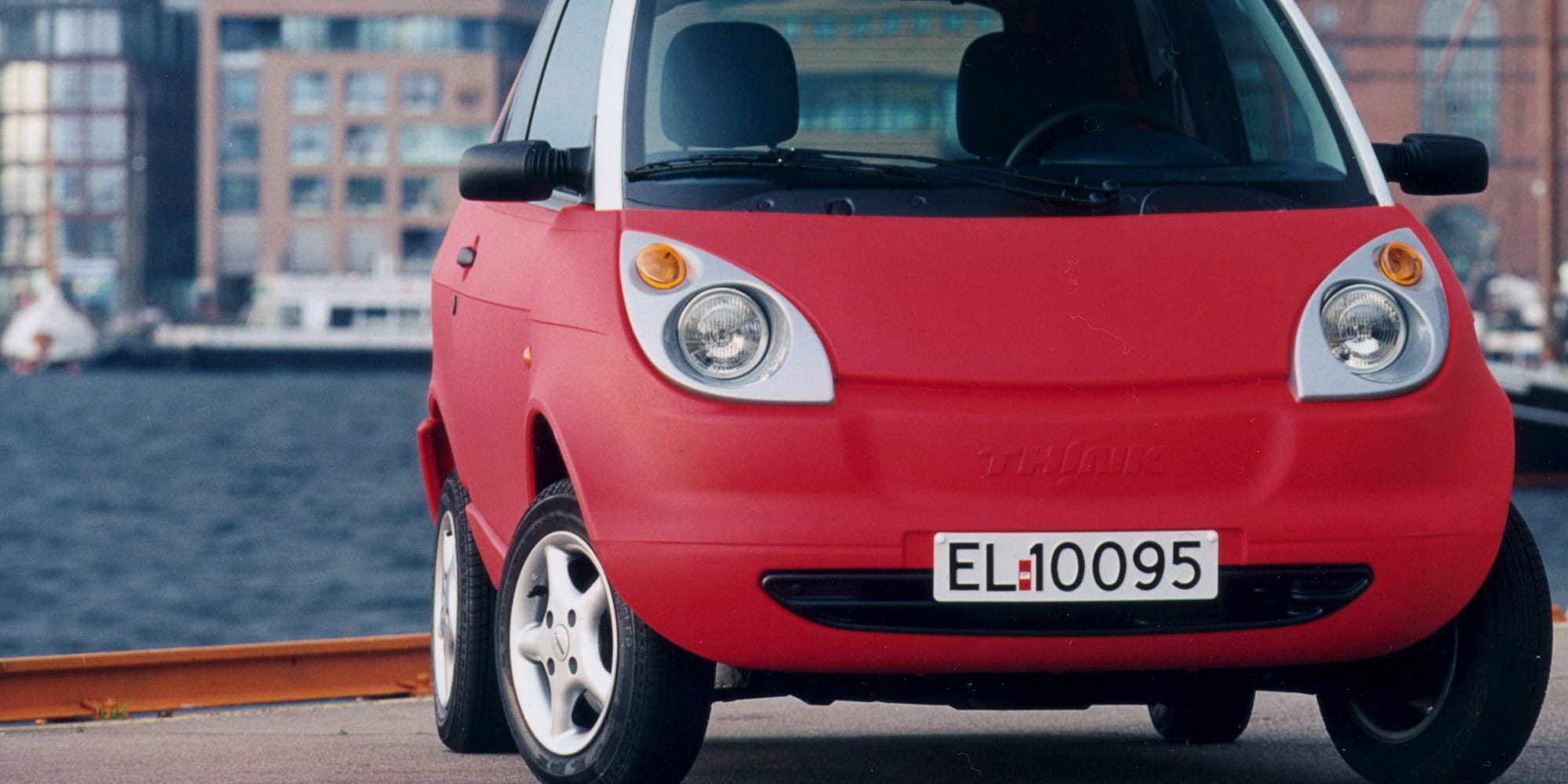
Too Far Ahead of Their Times
In the 1990s, engineers at nearly all the major auto companies were working on electric vehicles. But the pioneers were unsuccessful with their first introductions. The sales figures were low, and the political pressure, primarily from the United States at the time, vanished. Yet some of the insights gained back then are still up-to-date.
Back in 1990, California adopted a fixed quota for zero emissions vehicles – initially 2 percent and then 10 percent just a few years later. In that year, the smog alarm went off at its highest level 41 times, which is why the California Air Resources Board, the state's air monitoring authority, quickly went into action. Just as it did with the introduction of catalytic converters just a few years earlier, the Pacific state chose to play a pioneering role. At least locally, zero emissions could only be achieved – with the then-current state of technology – with the help of battery-powered drivetrains. But the electric car had thus far led a niche existence in the research departments at established American as well as European manufacturers and was far from suitable for everyday use.
The EV1 had a nominal reach of about 70 miles
The industry’s responses varied. Then the world’s largest automaker, General Motors puts its faith entirely in its own powers. Its engineers further developed an available prototype into a series production model. It debuted in 1996 with the simple name “EV1.” Even back then, it was the range of its battery that provoked the greatest concern. The EV1 had 26 lead batteries on board and a nominal range of about 70 miles. A more advanced version with nickel metal-hydride batteries and a significantly greater range only made it to the consumer during the last year of production. Air resistance was minimized systematically to conserve the battery. The coefficient of friction for the two-seater was only 1.95, but the unconventional teardrop-shape of its body did not necessarily promote acceptance. In all, only about 800 electric vehicles reached the market by the year 2000, all of them under three-year leasing contracts. After a lawsuit by several manufacturers proved successful against the electric-car quota in California, General Motors began gathering up the vehicles and scrapping them.
The TH!NK combined lightweight body with nickel cadmium battery
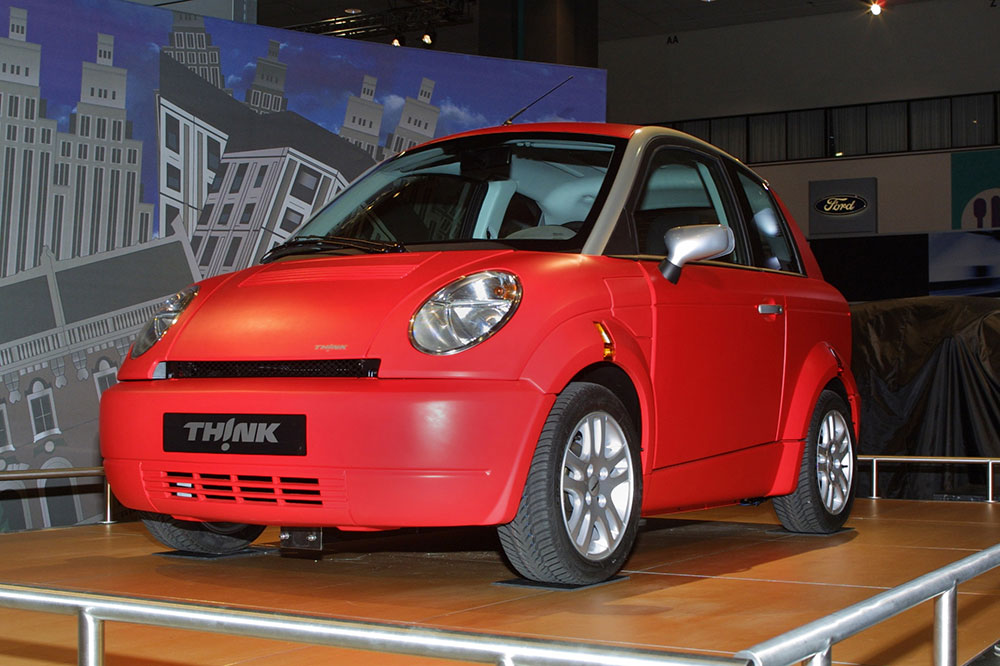
In 2003, in response to the court verdict, Ford sold off an electric car manufacturer that it had acquired in 1998. The Norwegian company Pivco Industries, which Ford renamed “Th!nk,” had something that the global automaker at first found very appealing: a battery-powered series-production automobile. The water-cooled nickel cadmium battery allowed a modest range of 55 miles – even with a lightweight body consisting of a plastic exterior skin cladding a steel frame. Ford’s plans went beyond the automobile, however. At the Detroit Auto Show in January 2000, William Clay Ford Jr., Henry Ford’s great-grandson, announced the company’s intention of turning Th!nk into a new mobility brand. Among other things, ordering cars quickly over the Internet and a new generation of bicycles with electric auxiliary motors were envisioned – business models that had the aura of the exotic back then. At 1,000 units over three years, Th!nk sales, which were initially limited to Norway, did not meet Ford’s expectations. After the company was sold, Th!nk lived through a checkered history in the hands of several investors – until the curtain finally came down in 2012.
German auto industry believed in further improved conventional cars
The German auto industry, for which the United States then was the most important overseas market, responded like engineers to the California legislation. Its attitude was: first investigate thoroughly. Under the supervision of the German federal research ministry, several manufacturers launched a major three-year test on the island of Rügen, on the coast of the Baltic Sea. Even Fiat and bus manufacturer Neoplan joined BMW, Mercedes-Benz, Opel and Volkswagen. In all, 60 vehicles were to be tested for their suitability for everyday use. They were equipped with various kinds of electric storage systems – only the lithium ion battery, then characterized as a “distant hope for the future,” was missing. In addition to vehicle technology, various approaches to electric charging were investigated, including a 60 kW fast-charging station. There was debate among the participants when the results were made available in 1995: In its final report, the project company determined that the electric vehicle was accepted by the test participants “despite technical limitations.” The second-most important point of the analysis: “In the drivers’ unanimous opinion, the e-vehicle has educational potential for the promotion of less aggressive driving.” The IFEU Institute, which was commissioned to draft an eco-balance sheet, came to the conclusion that “the substitution of further improved conventional passenger cars would bring the real pollution situation closer to the air-quality goals much more quickly, reliably and affordably than today’s electric vehicles can.” In addition, the CO2 emissions of electric vehicles – which were not yet at the heart of the debate – were calculated to be 20 percent higher if the energy expenditures for production were taken into consideration, “even with very favorable conditions of use.” In the end, the automakers adopted the IFEU’s viewpoint. The development of battery-powered drivetrains was set back and a great deal of money was invested in hydrogen fuel cells. Audi took a special path with its Duo, a station wagon based on the A4 and propelled by a hybrid powertrain. Regular production began in mid-1997, roughly the same time as the Toyota Prius, and was halted one year and 90 units later.
After 20 years, the conditions have now changed: The quotas for electric vehicles are now coming from China, which is by far the world’s largest car market today. Battery and charging technologies have made great progress. And, at IAA 2017, the pioneers of old will show that they are tackling the task of enabling emission-free driving with renewed courage.
Images TH!NK vehicle courtesy of Ford
More Stories About E-Mobility

